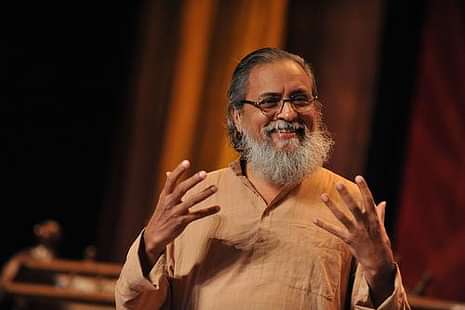
After continuous failure of various norms, initiatives and reforms launched by the government, Prime Minister Narendra Modi has introduced an online agricultural portal so that e-trading between 21 mandis across eight different states can take place from this October. This initiative has been named E-Mandi and will not only be of great help to the farmers but will also help to attract more and more youth towards the agricultural sector. Currently, agriculture and irrigation sector lacks youth interest as young generation is more attracted towards the cities and urban areas than the rural areas.
Also Read: From Slums to Mainstream School: IIM Ahmedabad and IRMA’s made it Possible
IIM Ahmedabad Professor, Anil Gupta commented on the same and gave his views on what more should be done to engage the youth in the agriculture and irrigation sector.
He welcomes the E-Mandi initiative and says that it was long overdue in the agricultural sector but despite of this, the problem will still exist as farmers do not trade directly.
The need of the hour is a complete change in the supply chain management system in such a way that the intermediaries between the farmers and the people should be removed. Also, the small lots of food by a particular farmer will not help in the system, instead the government will have to try on aggressive methods in providing pooling facilities, bulking facilities so that farmers can come together and form large lots of food which will not only help them in participating in the market but also get the correct price for their product.
Also Read: Admission Notice-IIM Ahmedabad Open for PGPX'16
Also in order to attract more and more youth in the sector , entrepreneurship and startup initiatives in the agricultural field should be promoted.
For farmers, incentives and support will play a major role as this will help in decrease in the amount of food crop exported in the country. Less exporting of food will only be possible when the current existing quality of food which is grown in the country itself is improved and this can be done by improving water conservation, technology and value-added services.


 Follow us
Follow us













